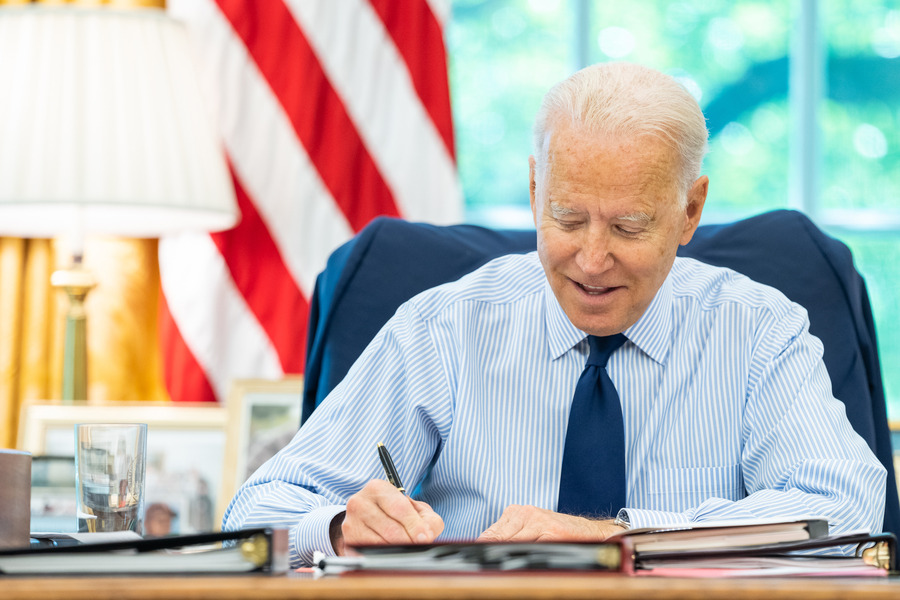Building the Rule of Law in Theory
Kandahar, Tuesday, November 16, 2010 -- Whether contemporary U.S. counterinsurgency operations (COIN) and legal institution-building are “an attractive form of lawfare,” as Jack proposed in his 8 September post, is a question of both theory and practice. A good deal of theory on these matters can be found in the U.S.
Published by The Lawfare Institute
in Cooperation With

Kandahar, Tuesday, November 16, 2010 -- Whether contemporary U.S. counterinsurgency operations (COIN) and legal institution-building are “an attractive form of lawfare,” as Jack proposed in his 8 September post, is a question of both theory and practice. A good deal of theory on these matters can be found in the U.S. military’s 2006 COIN manual and other recent professional literature.
United States uniformed men and women who are deployed here to promote the development of legal institutions recognize that the rule of law is essentially a principle of civilian governance. We know this principle to hold that all entities in society, public and private, including the state itself, are accountable to laws. The rule of law increases in proportion to which the laws are made by a legislature or by some process representative of the people, enforced by police and security forces that themselves follow the law, and interpreted and applied by judges who are evenhanded, honest, and independent.
By "civilian," we do not mean that the laws don't apply to or require enforcement by the military. Surely they must for the rule of law to exist. The 98,000 U.S., 40,000 international, and 170,000 Afghan troops deployed in partnership across this rugged land are formally bound by written codes of military justice, by commanders’ orders, and by rules of engagement consistent with law. These military forces join some 134,000 Afghan police in providing security within Afghanistan’s boundaries based upon specific United Nations Security Council, North Atlantic Treaty Organization, and Afghan domestic legal mandates.
Rather, by "civilian" governance, we mean to stress that the rule of law principle speaks to and provides a framework for evaluating the effectiveness of the sort of civilian-led government that ordinary Afghans clearly aspire to have. Scarred by decades of armed conflict and forcible occupations by the Soviets, by warring tribal chiefs, and by the Taliban, Afghanistan wants no part of military rule.
The American occupation of Afghanistan ended in 2001, and the country is seeing some still-reversible positive trends, but armed conflict continues in 14 of Afghanistan's 34 provinces, making the government's employment of both military and police forces a necessity. The armed conflict here is insurgency, which this blog’s readership knows to be a form of warfare in which non-ruling groups employ a mix of violent, persuasive, and other means in an effort to gain power, unseat the government, or otherwise change the political order.
When fighting an insurgency, a government that protects the population and upholds the rule of law can earn legitimacy—that is, authority in the eyes of the people. This is true even against insurgents who both flout and cynically invoke the law. A government’s respect for preexisting and impersonal legal rules can provide a key to gaining it widespread, enduring societal support. This is because distributions of resources, punishments, and other outcomes under law are, ideally, blind to whether one is Popalzai or Shinwari, Pashtun or Tajic, Shi’a or Sunni, or any other tribe, ethnicity, or sect.
Law is thus a powerful potential tool for COIN, though I pause before ever calling the law a “tool.” This is something I’ll explain in a later post, when I focus upon the various meanings of the term “lawfare.” In my next post, I will look at the challenges in practice of applying this theory in Afghanistan.
Brig. Gen. Martins can be reached at martins.lawfare@gmail.com.




